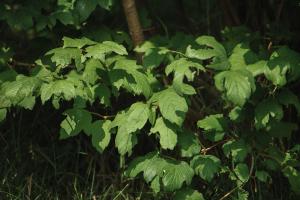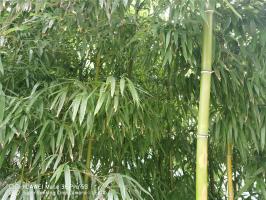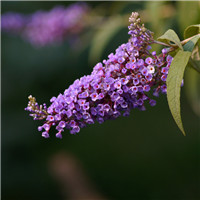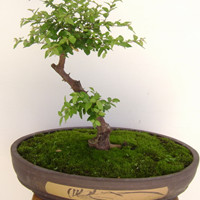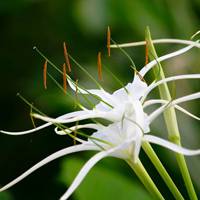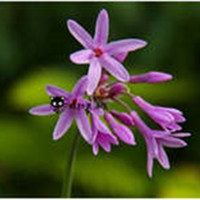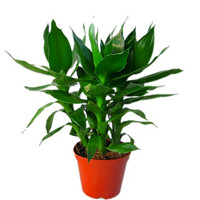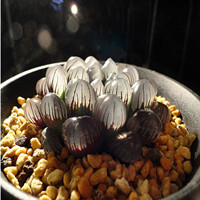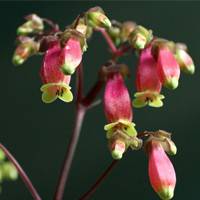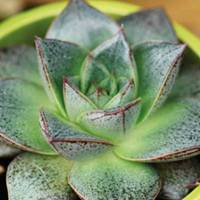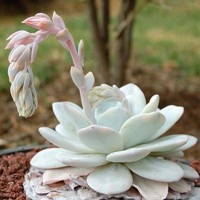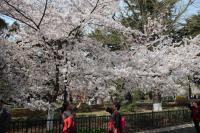How many new trees survive after planting
Planting trees is one of the most effective ways to combat climate change and increase the availability of green spaces in urban areas. Trees help reduce greenhouse gas emissions by absorbing carbon dioxide and release oxygen into the atmosphere. They also provide shade, cool the air, and reduce atmospheric pollution. But how many new trees survive after planting?
The survival rate
The survival rate of new trees depends on various factors such as the species, age, location, soil quality, climate, and maintenance practices. According to recent studies, the average survival rate of new trees is around 70% to 90%. However, this percentage varies greatly depending on the above-mentioned factors.
For example, trees planted in urban areas with pollution and limited space may have a lower survival rate than those planted in rural areas with more space and natural resources. Trees planted in dry, arid regions may require more water and care than those planted in humid regions. Also, trees that are properly cared for, such as regular watering and pruning, are more likely to survive and thrive than those that are not.
The impact of low survival rates
Low survival rates of new trees can have a significant impact on the environment and the community. Trees that die soon after planting not only waste resources but also fail to provide the benefits of established trees. This includes reduced air pollution, improved air and water quality, and increased biodiversity. Additionally, trees that die require replanting efforts, which can be costly, time-consuming, and labor-intensive.
Moreover, the loss of trees can have economic and social impacts. Trees provide habitat for animals, including birds and insects, which contributes to ecosystem diversity. They also create job opportunities for arborists, landscapers, and other professionals. Additionally, trees increase property values and enhance the overall visual appeal of a community, making it a more desirable place to live.
How to improve survival rates
To improve the survival rates of new trees, it is important to select appropriate species for the area and climate. As mentioned earlier, trees in arid regions require more water than those in humid regions. Therefore, it is crucial to choose drought-resistant species for drier areas. Selecting trees that are adapted to the local environment can help ensure their survival.
Another way to improve survival rates is to plant trees in nutrient-rich soil that is appropriate for the tree species planted. Regular watering, mulching, and pruning are critical components of tree care. Watering should be done in early morning or late afternoon to reduce water waste and encourage strong root growth. Mulching around the base of the tree helps retain moisture, suppress weeds, and protect the roots. Pruning helps remove damaged or diseased branches, which can lead to healthier trees.
Conclusion
In conclusion, the survival rate of new trees varies depending on several factors, including the species, climate, soil quality, and maintenance practices. Low survival rates of new trees can have negative impacts on the environment and the community. Therefore, it is essential to select appropriate species, provide proper care, and follow best practices to improve survival rates, which can help create healthier, more sustainable, and more beautiful communities.

 how many times do yo...
how many times do yo...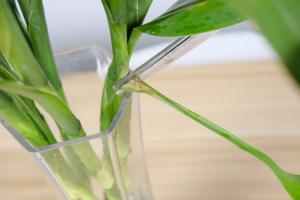 how many planted tre...
how many planted tre...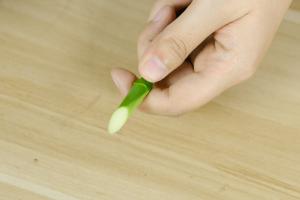 how many pine trees ...
how many pine trees ... how many pecan trees...
how many pecan trees... how many plants comp...
how many plants comp... how many plants can ...
how many plants can ...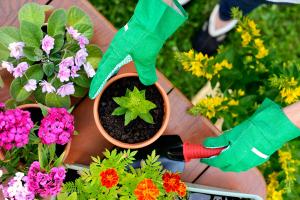 how many plants and ...
how many plants and ... how many pepper plan...
how many pepper plan...